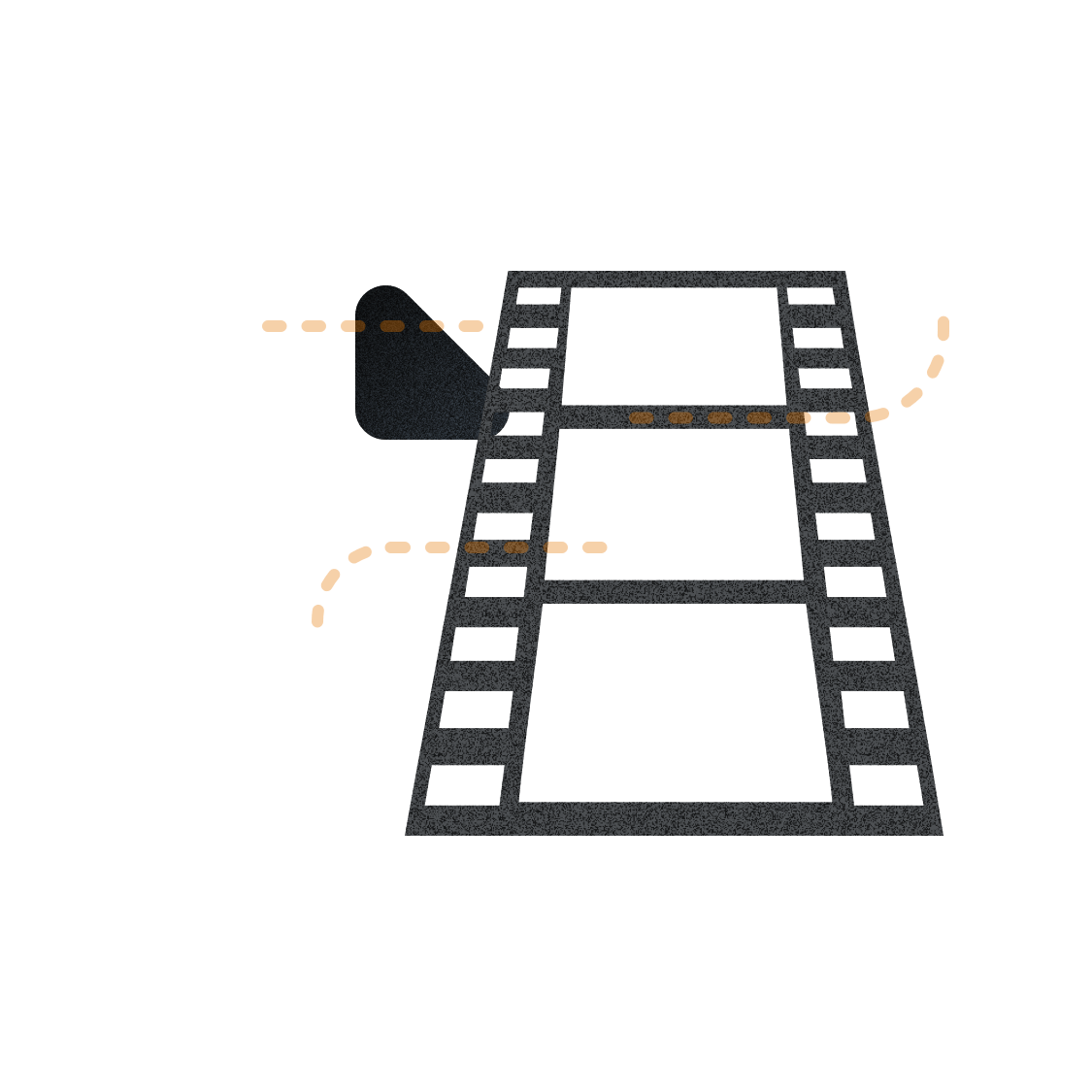
The Sky at Night 2010
2010-01-04 | Documentary,News | 12 episodes28 Seasons
Episode
Twinkle Twinkle (2010)
January provides the perfect opportunity to observe stars, planets and galaxies. Sir Patrick Moore takes us on a tour of the winter sky, looking at twinkling 'variable stars' with Dr John Mason, and at planets and galaxies with Pete Lawrence and Paul Abel. Sir Patrick and Dr Chris Lintott also point out the best objects to observe if you've had a telescope for Christmas.

The Spirit of Mars (2010)
Mars is the brightest thing in the sky and is at its closest to Earth for the next four years. With NASA announcing that its Martian rover Spirit is to rove no more on the red planet, there is an interview with Prof Steve Squyres, the principal investigator of the Mars Exploration Rover Mission, about the attempts to get it out of the sand dune which ensnared it in May 2009 and the agonising decision to stop the rescue.

Life (2010)
Half a century ago, scientists were speculating about the possibility of planets outside our solar system. Since then over 400 such extra-solar planets have been discovered. Is there anything living on them and if so, is it intelligent? Sir Patrick Moore debates the question of life in the universe with today's planet hunters and astrobiologists, while at the Royal Society Dr Chris Lintott searches for evidence of alien life.

The Sun in Splendour (2010)
We can never see our nearest star at night, only by day. Looking at it directly will blind us - because our nearest star is the Sun. Sir Patrick Moore is joined by the Astronomer Royal for Scotland, Professor John Brown and by Dr Chris Davis. They take us on a tour of the Sun, Earth's primary source of energy and without which life would not exist. Pete Lawrence and Paul Abel demonstrate safe ways to look at the Sun from Sir Patrick's observatory in Sussex.

Ring World (2010)
Saturn is one of the largest planets and the beautiful system of rings surrounding it makes it the most distinctive in the solar system. But how were the rings formed and what effect do Saturn's many moons have upon them? Sir Patrick Moore is joined by Professor Michele Dougherty and Professor Carl Murray, while Pete Lawrence and Paul Abel demonstrate the best way to observe Saturn during May.

